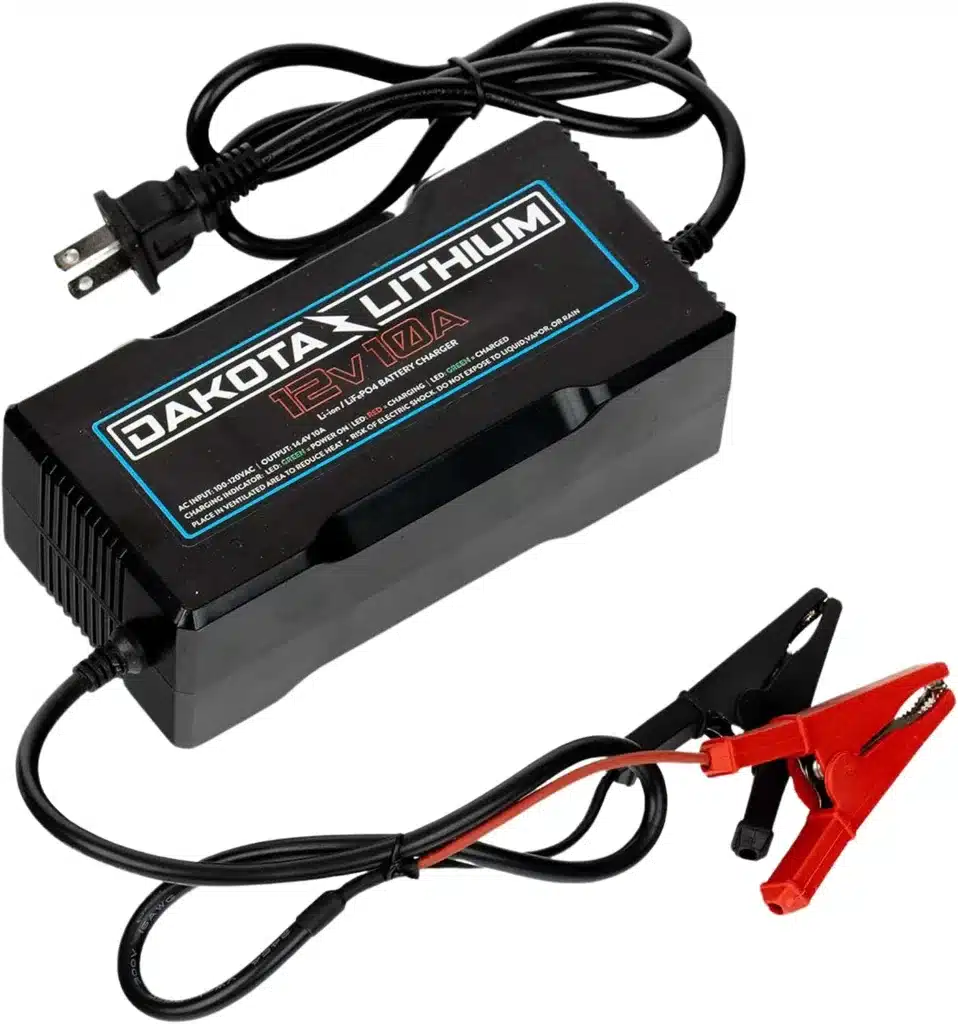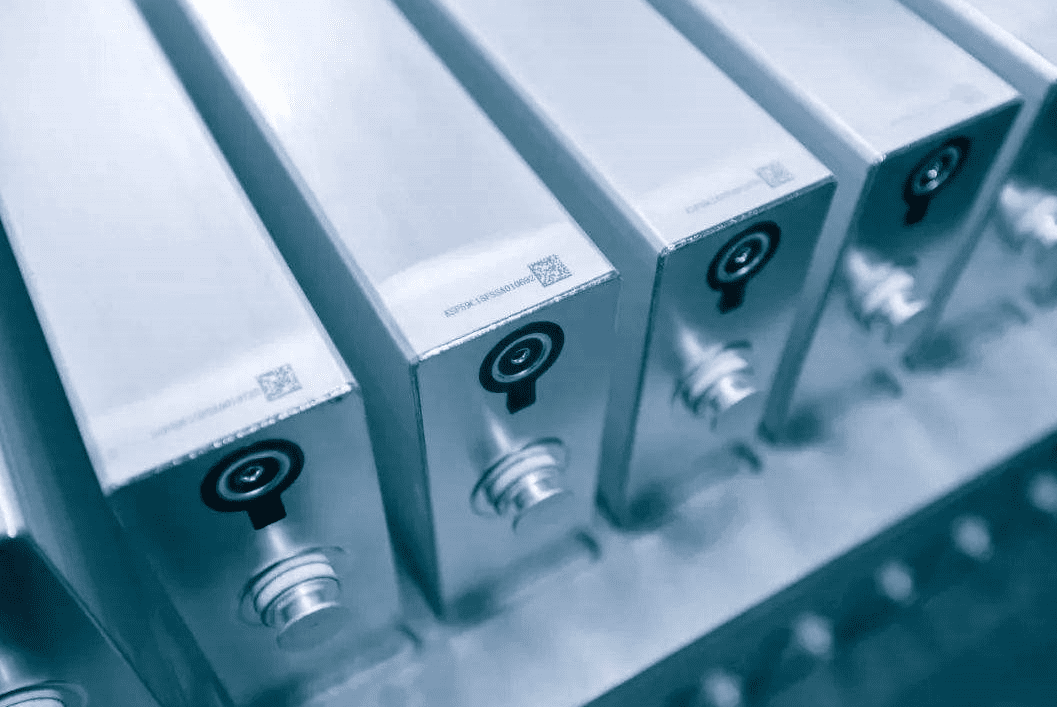Lithium batteries are put through a lot of testing for abusive scenarios such battery reversal, forced discharge, charging, direct short, crush, impact, shock, vibration, submersion in water, and high temperature storage. Strict acceptance standards must be met by the products in order to guarantee that consumers are receiving the safest product possible. Nonetheless, a lot of people wonder if lithium batteries can be recharged in a NiMH charger.

#post_seo_title
Can a NiMH Charger Recharge Lithium Batteries?
You cannot, and you should not, for your own safety. NiMH chargers lack the safety safeguards needed for Li-ion batteries. Due to these reasons, only charge Li-ion batteries using Li-ion chargers. Overheated batteries, chemical flames, and explosions could all result from using a different charger. Chargers offer a variety of voltages, currents, and charging times since each brand of Li-ion battery is distinct, and using the incorrect settings might have disastrous effects. NiMh and Lithium batteries have differing chemistries, cell voltages, and necessary charging methods/algorithms. It is not required to transition to lithium battery chargers from the lead acid battery chargers you have been utilizing. Using a lead acid charger, it is possible.
If not always, lead acid chargers offer an equalization mode. For some chargers, this mode could be automated and impossible to get out of. With lithium batteries, equalization is not necessary. A 15 volt equalization charge will cause irreversible damage to the lithium battery’s cells. You can use a lead-acid charger to charge lithium batteries if it has a maximum voltage setting and does not have an automatic equalization mode turned on.
Are Lithium and Alkaline Batteries Compatible?
Because voltage and chemistries differ between battery types and brands, it is advised against combining batteries. When multiple cell types are used, a battery leak and less-than-ideal gadget performance might result. When lithium and alkaline batteries of different chemistries are used in a gadget, the capacities become unbalanced. Once the weakest battery runs out of power, the stronger batteries will discharge it for you. There is a greater chance of leakage in lithium cells that force discharge alkaline batteries.
If you have ever read the fine print on a pack of batteries or on a product that requires batteries, you will notice that there are several warnings regarding how to use batteries. It is not recommended to mix various battery types, brands, old and new batteries, etc.
Chemistries for batteries should not be combined.
All other battery chemistries, including lithium, alkaline, carbon-zinc, silver-oxide, and others, are incompatible. The lesser capacity batteries may overdischarge when several battery chemistries are combined to power a single device, and electrolyte leaking could damage your product. To put it simply, it slobbers around and chews the battery contacts, potentially damaging your goods.
Batteries that can be recharged and those that cannot.
The caution to “don’t mix chemistries” is reiterated here with the additional risk that doing so could permanently harm your rechargeable batteries. Moreover, keep in mind that the chemical techniques used to create lithium (non-rechargeable) and lithium-ion (rechargeable) are completely different.
Do not mix various battery brands.
This has elements of urban mythology. The batteries are mostly interchangeable as long as they are the same size and come from the same chemical family (all lithium, all alkaline, etc.). Even if they were from various manufacturers, four alkaline C batteries were enough to power a device. Please bear in mind that a subpar battery might affect both the performance and value of more expensive batteries.
Mixing batteries with varying degrees of charge can drastically shorten battery life. As the product is used, the charge of each battery declines, and the battery with the lowest charge will finally die first. The product’s electrical load now includes the dead battery. The electrical charge from the other batteries is used up by the dead battery before it has a chance to do any work for you. The dead battery might leak, which would be even worse.
Can NIMH Batteries Replace Lithium Batteries?
In the end, that will depend on the specific device, but in general, no. Because NiMH and Li-ion batteries differ in size, shape, and voltage, they are often not compatible. Whether your equipment is compatible with both types of batteries will almost probably be mentioned in the user’s manual. As long as the NiMH batteries are the proper size, any device will operate with Duracell batteries, although the company Duracell advises consulting the user manual of your particular equipment to confirm compatibility.
NiMH batteries work well for high-drain gadgets like digital cameras because they often deplete alkaline batteries much more quickly. NiMH has an advantage in terms of durability despite the fact that both battery types are long-lasting and have been used for many years in a range of applications. Certain Li-ion batteries do not survive as long in extreme temperatures, particularly in extremely hot climates.
How to Determine a Lithium Battery’s Type?
Lithium primary batteries can be identified by the word “Lithium,” as opposed to button/coin cells, which may begin with (CR). The following battery sizes are available in non-rechargeable lithium primary batteries: AA/AAA, C, D, Coin/Button cell, and 9v. They are starting to take the place of many standard alkaline batteries due to their longer lifespan. The primary distinction between lithium-polymer and lithium-ion batteries is the biological electrolyte located inside the negative and positive electrodes. Lithium-polymer batteries employ a solid, dry electrolyte that resembles gel as opposed to lithium-ion batteries, which use a liquid electrolyte.
Lithium is an alkali metal that ranges in color from silvery-white to grey and has a metallic shine when it is fresh. However, due to its high reactivity, it quickly tarnishes in air, first becoming a dull silvery-grey, then turning black. Of all the elements that are not gases, it is the least dense and lightest metal at 20 °C, and it floats on water. Lithium batteries, in contrast to alkaline batteries, have the capacity to release a sizable quantity of energy during a protracted period of low drain. This is why they are ideal for fire alarms. Alkaline batteries, often known as regular batteries, provide dependable long-term power but gradually degrade.


